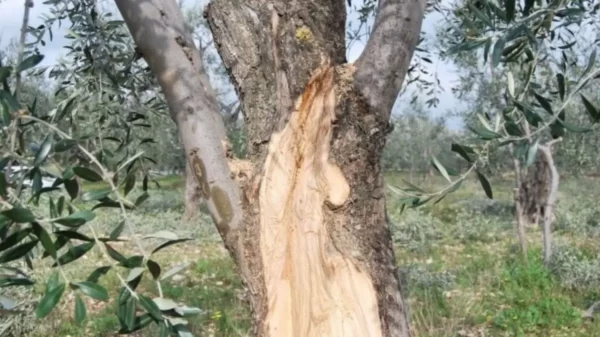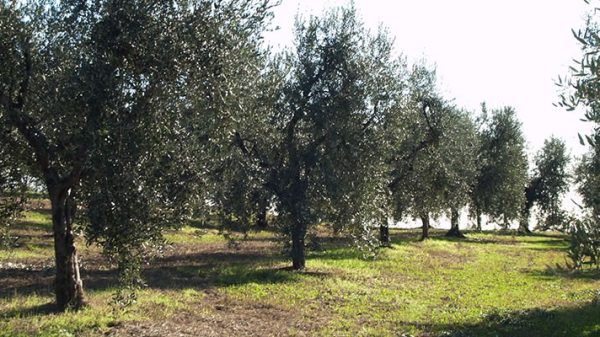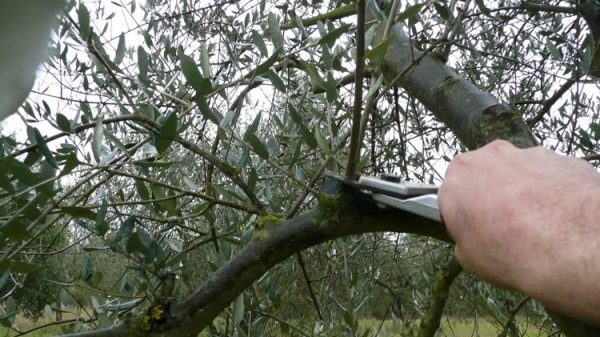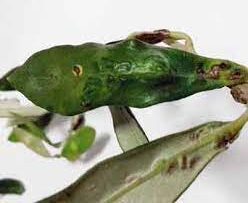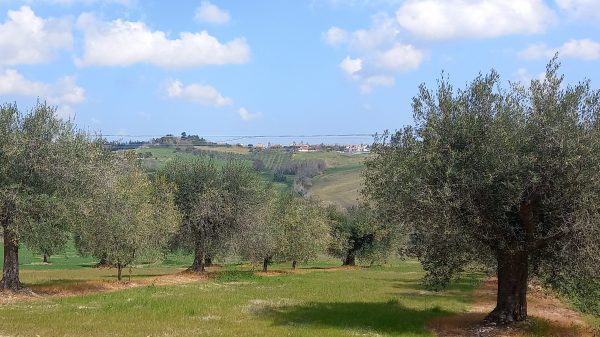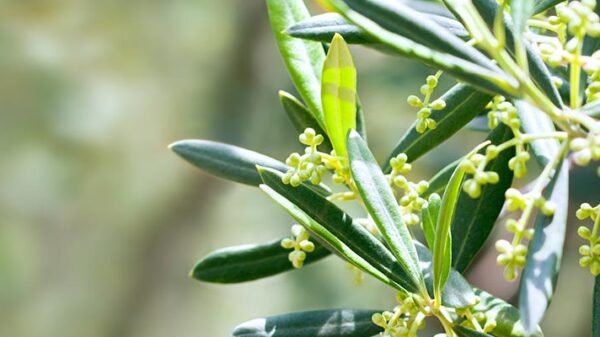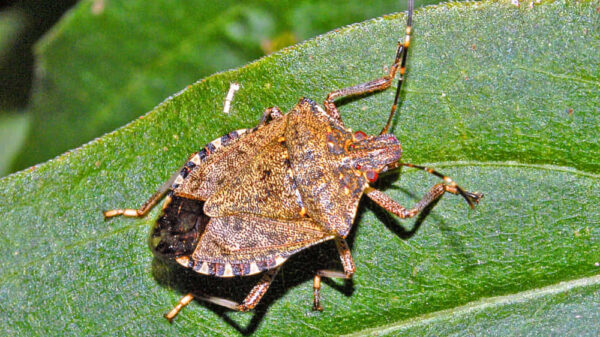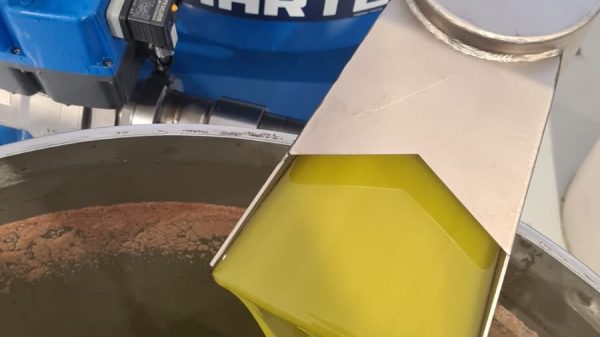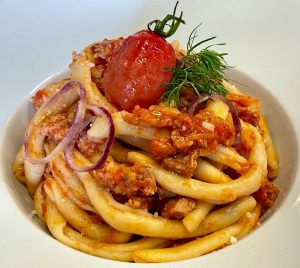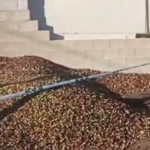The climate change underway has effects on global warming and, for the olive tree, it is also reflected in a variation of the phenological phases, starting with an anticipation of the vegetative restart. This becomes visible with the swelling of the buds, while, inside the plant, there is a reactivation of the lymph circulation, which is capable of transporting the nutritive substances from the reserve organs – such as the roots and woody organs – to the growth points which are precisely the buds. This anticipation, in addition to causing variations in the vegetative rhythms, can cause damage if late frosts arrive, which are more and more frequent in recent years. In any case, the olive tree has its own adaptation mechanisms and is able to resist, even to drastic climatic variations. AND, if criteria are adopted that are capable of limiting the damage, olive production will also be better supported.
One of the criteria is to evaluate pruning times and - if you are afraid of implementing it too soon and then running into late frosts - it is better to postpone it or, in any case, carry it out until the temperatures drop below 2-3°C.
These considerations must obviously be integrated with the farm situation, as the choice of the pruning period must also be evaluated according to the availability of manpower, the cycles of any other crops grown on the farm and based on the surfaces of the olive groves.
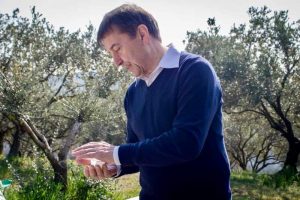 However, how far is it possible to go forward in the months?
However, how far is it possible to go forward in the months?
This certainly depends on where the olive grove is located: if in central and southern Italy olive trees can also be pruned a the end of February; to the Northern Italy is different, you could procrastinate until end of April.
In any case, pruning must be done at least three weeks before flowering and this is different from variety to variety and from year to year.
However, let us try to evaluate the positive and negative aspects of a late pruning, considering that knowing the responses of the plant allows an understanding of the results that will be achieved.
Downsides
• The olive tree gives a lower vegetative response, this is because it has already initiated the translocation of many reserve substances towards the growing shoots which, with cutting, would be lost.
• Even if there are no scientific certainties, in the first phase of bud differentiation (June/July) there could be a reduction in potential flower buds for the following season.
• In some cases it has been observed that the twigs of the year, those that will bear the olives the following year, arrive at the end of the season slightly shorter, therefore they will give fewer olives.
Positives
• In the presence of olive groves with high vegetative vigour, it is easier to contain their luxuriance.
. Between early and late pruning, no influences were noticed on the ripening of the olives, on the oil yield and on the quality of the same.
How much to cut? In addition to the pruning times, its intensity must be considered, which must maintain a balance with the roots, and the amount of wood that is removed with the cuts.
Una intense pruning on plants in production involves a strong reduction of the ratio between the aerial part and the root part. As a result, the plant becomes unproductive for a certain period of time, until this relationship is restored by new growth of aerial structures. However, considering the characteristics of the olive tree, these will only produce fruit in the year following their formation.
Una lighter pruning, characterized by less removal of plant material and implemented annually, helps to maintain this balanced relationship and, therefore, the productive potential remains throughout the years. On the other hand, it could lead to excessive shading.
The current guidelines are to implement reduced pruning, also to reduce costs. Tests of light, medium and heavy pruning have shown that the greatest productions are obtained with light pruning: this is probably due to a greater leaf surface available for the plant, which offers a greater possibility of issuing branches of medium vigor . A light pruning gives, over the years, productions less subject to alternation. On the contrary, intense pruning they involve a reduction of productionsgiving but larger olives, given that, plausibly, they had a greater availability of nutrients per single fruit.
Director Aipo
Interregional Association of Olive Producers

